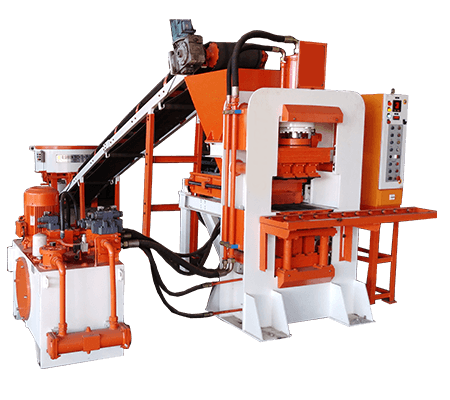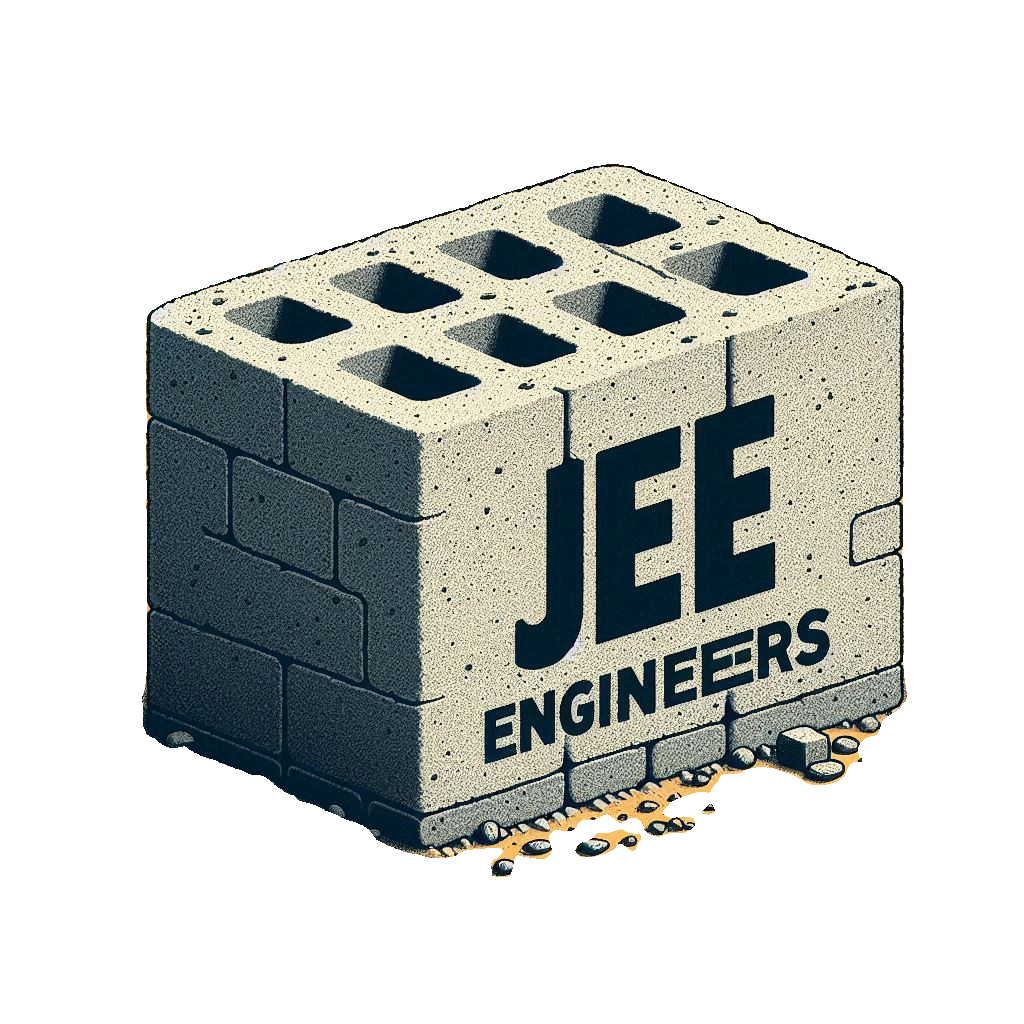Fly Ash Bricks - The Sustainable Solution
A comprehensive guide to understanding sustainable construction with fly ash bricks

A comprehensive guide to understanding sustainable construction with fly ash bricks

Fly ash bricks are rapidly gaining popularity as a sustainable alternative to traditional clay bricks. These innovative construction materials offer a range of benefits, from environmental friendliness to cost-effectiveness. In this article, we'll explore how fly ash bricks are made, who can benefit from using them, and where fly ash bricks making machines can be installed.

Fly ash bricks are manufactured using a combination of fly ash, a byproduct of coal-fired power plants, and other binding agents such as cement or lime. The process involves several key steps:
Fly ash, binding agents, and water are mixed together to form a homogeneous mixture with precise proportions for optimal strength.
The mixture is poured into molds, which give the bricks their desired shape and size for consistent construction applications.
The molded bricks undergo a curing process, which can involve either air curing or steam curing, enhancing their durability.
The cured bricks are dried to remove excess moisture, ensuring their optimal durability and strength for construction.
Fly ash bricks offer numerous advantages to different stakeholders across the construction ecosystem. Explore the benefits below:
Lower material costs compared to traditional clay bricks, increasing profit margins.
Helps achieve green building certification like LEED or GRIHA.
Uniform size and lighter weight enable faster and easier construction.
Ability to market developments as eco-friendly and sustainable.
Better thermal insulation leads to lower heating and cooling costs.
Improved acoustic properties create quieter living environments.
More resistant to weathering and damage, requiring less maintenance.
Non-toxic materials improve indoor air quality for healthier homes.
Recycles industrial waste that would otherwise end up in landfills.
Lower carbon footprint compared to conventional brick manufacturing.
No topsoil required, preserving agricultural land and ecosystems.
Uses less water in manufacturing compared to traditional clay bricks.
Establishing fly ash brick manufacturing units creates local employment opportunities.
Locally produced materials reduce dependence on imported construction materials.
Creates value chains between power plants and construction industry.
Reduced maintenance and energy costs contribute to economic efficiency.
Fly ash bricks making machines can be installed in various locations, depending on the availability of raw materials and the demand for sustainable construction materials:
Locating fly ash bricks making machines near coal-fired power plants ensures a steady supply of fly ash, the primary raw material, reducing transportation costs and emissions.
As the demand for sustainable construction materials grows, fly ash bricks making machines can be installed in urban and suburban areas to meet the needs of local builders and developers.
Fly ash bricks making machines can be particularly beneficial in developing countries, where the demand for affordable and sustainable housing is high, and traditional raw materials may be limited.
Fly ash bricks can be up to 30% lighter than traditional clay bricks, making them easier to transport and work with. They also can absorb less water (typically less than 15%) compared to clay bricks, making them more resistant to damage from freezing and thawing cycles.
Contact us today to learn more about our fly ash brick manufacturing solutions.